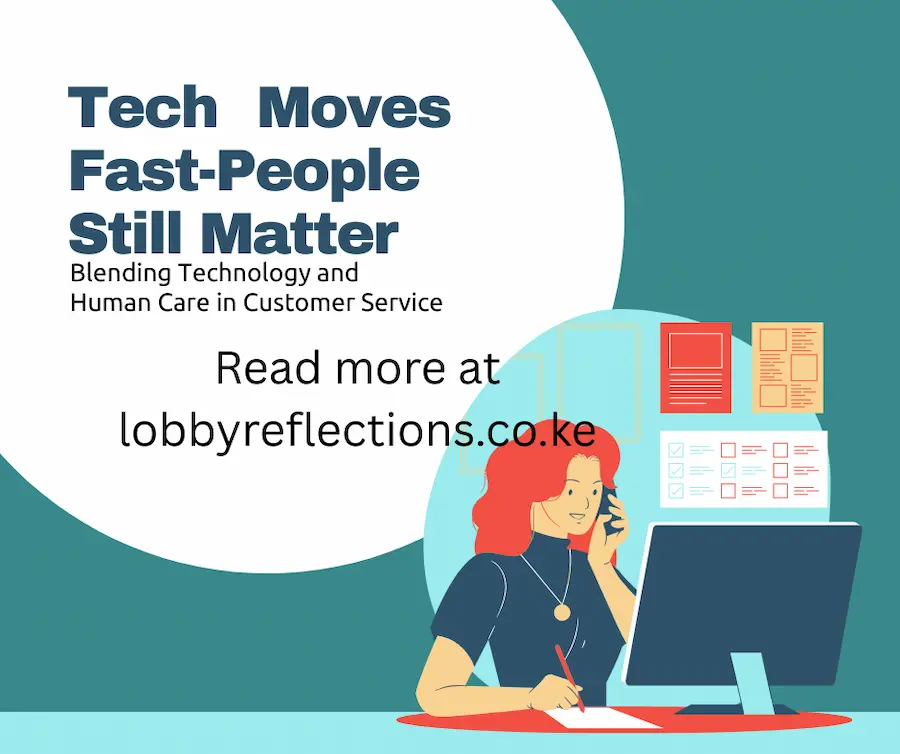A Lesson Learned the Hard Way
One of my personal mantras is: “Negative feedback is far better than no feedback at all.” Feedback, to me, is a compass—it points us toward growth, accountability, and improvement.
Years ago, I took my then seven-year-old son to a private hospital. He needed an injection and, like most kids, was frightened. What shocked me was not his fear, but the rough way the nurse handled the procedure. She jabbed the needle so forcefully, I feared it might break inside him. I was horrified.
Still, I said nothing.
I calmed my son and promised him the next time would be better. But deep inside, I knew I had let something slide that shouldn’t have.
Why Didn’t I Speak Up?
It was a private hospital, and I expected better care. But even there, I stayed silent.
Unfortunately, this wasn’t my only unpleasant encounter in a medical facility. Over the years, I’ve had countless negative patient experiences—from indifferent nurses to receptionists who couldn’t be bothered to look up when you asked a question. Many people, especially those with financial constraints, endure such treatment because they feel they have no voice.
Obinna’s Post and a Shared Reality
Recently, I saw a post by Kenyan celebrity Obinna. He was asking his audience to recommend a good hospital. In his post, he described both positive and negative patient experiences. Some staff were excellent—gentle and kind with his children. Others were harsh, poorly trained, and dismissive. His story struck a chord with me and confirmed what I already knew: the quality of care can vary drastically, even within the same facility.
A Surprising Turnaround
Not long ago, I found myself back at that same hospital. This time, my son and I were seeing the dentist. And what a difference!
The dentist was gentle, soft-spoken, and extremely thoughtful. He explained each step to my son and cleverly hid the anesthesia injection so he wouldn’t be scared. We walked out smiling.
It was one of the most positive patient experiences I’ve ever had. It reminded me that change is possible and that feedback—whether given directly or indirectly—can help shape better services.
Why Speaking Up Matters
1. Holding Service Providers Accountable
Whether it’s healthcare, customer service, or government offices, positive and negative patient experiences are powerful tools. Feedback lets organizations know where they’re excelling—and where they’re failing.
2. Opportunities for Learning and Growth
Constructive feedback helps people reflect on their actions. Had I reported the rough nurse, maybe she would’ve adjusted her technique—and spared other children the trauma.
3. Empowering Yourself and Others
When you give honest feedback, you reclaim your voice. You also encourage others to speak up, creating a ripple effect for better standards.
4. Building Trust Through Improvement
We trust organizations that listen to us. When we see our concerns are heard and acted upon, we’re more likely to return—and recommend them to others.
Real-Life Impact of Speaking Up
- Clean Clinics: A friend once reported unhygienic conditions in a local clinic. Months later, the facility had transformed—cleaner spaces, better-trained staff, and more respectful service.
- Customer Preferences in Retail: In my grocery store, a customer mentioned that the fruit section needed better labeling. I made the change—and my sales improved.
- Smiling at Church: At a church job, my supervisor told me to smile more and appear less serious. I took the advice—and my interactions became warmer and more effective.
A Call to Action
Positive and negative patient experiences are not just stories—they’re tools for transformation. Whether you’re praising excellent service or calling out subpar care, your voice matters.
Next time you walk into a hospital, clinic, office, or even a shop, don’t hesitate to speak up. Your feedback could be the spark that lights the path to better service—for you and many others.
What About You?
Have you ever had a hospital experience that left a lasting impression—good or bad?
Share your story in the comments below. Your voice might be exactly what someone else needs to hear.



